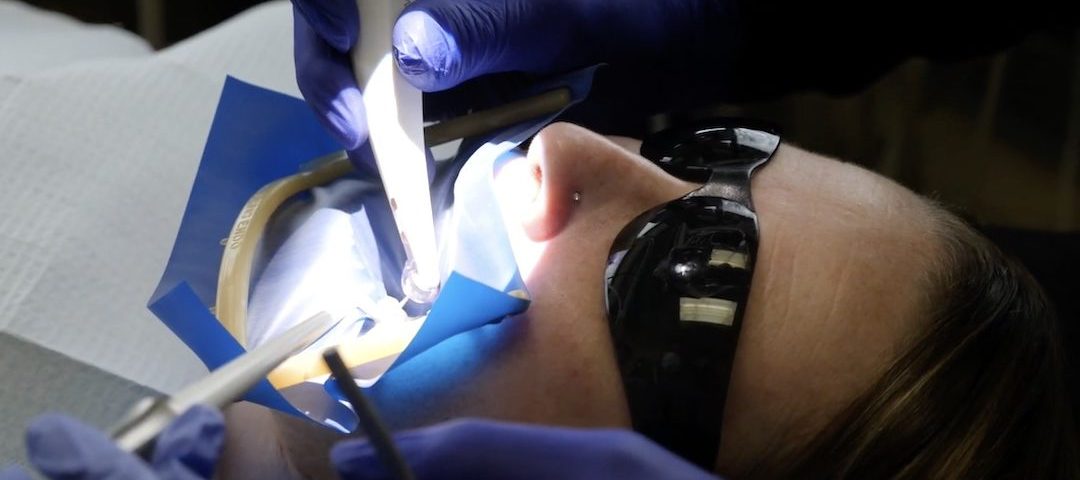
Specialized Care: A Deep Dive into Pediatric Dentistry Practices and Principles
December 24, 2023
Ergonomics Have Their Own Place in Dentistry
February 22, 2025Developments in the field of dental surgery
The field of dental surgery has shown tolerable advances with times as technology has played a central role in making precision and outcomes much better for numerous operations. The surgical procedures were mainly dependent on the concept that the dentist knew the way around complex treatments, which were performed using very primitive equipment. The progress of dental technology has brought many changes to all tools and instruments used in these procedures. Highly advanced and developed tools provide amazing precision, the least possible complications of any kind, and remarkably transformed patient outcomes.
The article discusses the meaning of precision in dental surgery and how recent innovative changes to instruments are shifting the field in this article. It describes the new devices taking a minimally invasive approach and allowing for speedy recoveries with real possibilities of transforming the face of dental surgeries.
Precision and its Importance in Dental Surgery
Precision in dental surgery is paramount, whether it is an elementary extraction, implant placement, or more complex procedures like grafting bone or root canal surgery-all procedures must be executed with great accuracy as there is little room for error. A slight error can lead to nerve injury, infection, or extended recovery durations, and it even can become fatal for patients. The hallmark of surgical success and hence patient comfort for the long term largely relies on the precision-the less the margin of error, the better its execution. That being said, it is essential that all the best tools and the right techniques be used.
Dentists in ancient times used to totally depend on the craftsmanship of their dentists- mostly depended on the raw materials, which had least tools with such accuracy for a few delicate procedures. There are manual ways, but the very popular and common ones usually have some risk of causing misalignment or damage to nearby tissue. Innovations brought about instruments in dentistry with precision; now creating tools directed toward the least invasive and most accurate form of care.
Modern Dental Instruments Enhancing Procedure Precision
Laser Technology
The application of laser technology is one of the most important developments that have taken place in dental surgery. The application of lasers for various dental procedures, such as whitening teeth, performing some soft tissue surgery, and cavity preparations is getting into routine practice. With lasers, there is no longer a physical cut or drilling; just focused light to remove or reshape tissue, and all this without pain and bleeding.
Laser technology is superior in precision when compared with old-fashioned tools. They enable incisions to be made with minimum heat, thereby preventing the collateral damage to the surrounding tissues, while laser procedures are considerably less traumatic than those performed with scalpel or conventional diathermy. Less trauma means a quicker healing period for the patient and less chance of infection or complication.
Computer-Assisted Surgery
Computer-assisted or digital dental surgery is primarily the act of integrating computer systems to assist dentists in performing very difficult procedures. These systems use 3D imaging and virtual simulations for highly detailed planning, extremely accurate, and with this technology, implantation becomes much more beneficial, especially on the placement side, where a dental implant is concerned in terms of avoiding surrounding nerves and tissues damage.
According to this digital mapping and simulation, the dental professional can “see” virtually up to the inside of the human patient’s mouth. This means that the procedure will be so much more accurate than previously possible. Thus, it lessens the chances of any human error, increases the outcome of surgery, and often results in less invasive work for the patient.
Robotic Surgery Systems
An entirely new development in terms of dental accuracy is said to be robotic surgery systems. Robotic arms, controlled by dentists, allow for movements that are completely controlled and measured; every assay will be carried out according to the pre-planned specifications. Furthermore, such systems are best suited for the precision placement of dental implants since these are areas in which perfect placement guarantees the long-term success of the survival and functionality of the implant.
Unique consistency and accuracy have been achieved for such systems. Robotic systems perform a specific function repeatedly, which no human can even dream of achieving with such precision. Advanced robotic systems can do real-time adjustments based on the surgeons’ feedback or the surgical field to keep the procedure as close to the ideal as possible.
How Precision Affects Recovery and Outcomes in Patients
New dental surgery instruments have become one of the greatest boons to patient recovery and outcomes. Invasive, painful procedures can now be performed with the least disturbance with surrounding tissue and allow patients to have shorter healing times and less discomfort post operation.
Minimally invasive techniques, such as laser surgery and computer-assisted implants, are known to lower the infection and nerve damage risks, which can prolong healing time or require other corrective procedures. Indeed, people deserve such period-shortening recovery time, less pain, and an early return to daily activities.
Much more successful, however, would be surgeries that include increased precision, thus more predictable outcome expectations. As far as that goes, there would be perfect placement for a dental implant, as well as protecting the surrounding tissues during an extraction from any structural disturbance; in all these improvements, chances for success and, subsequently, the chances of follow-up treatments or adjustments would get reduced.
How X-Forceps Innovates for Precision in Dental Surgery
X-Forceps is heading the way in its new product features for precision in dental surgery. Using advanced sensors and cameras, dentists will maintain alignment for perfect pressure application during extractions while protecting the surrounding structures. An overall design also reduces strain on the hand while improving control and precision in performing dental procedures. Thanks to X-Forceps, this means the dentist can perform the surgical procedure more accurately, effectively, and comfortably for the patient.
Conclusion
The precision in dental surgery cannot be overemphasized or emphasized more. All in all, patients demand faster, less discomforting, and most effective procedures. The innovation adopted by the industry to respond to such demands has included state-of-the-art instruments and technologies. Laser technology, computer-assisted surgery, robotic systems, and other contemporary devices have centrally contributed in making dental surgeries considerably safer, more efficient, and more precise than ever before.
Controlled by technological advancement, dentists will carry out more accurate diagnosis, reducing risk and giving patients an improved encounter in terms of recovery including speed and outcome with improved long-term results. As technology progresses, it can one day be the subject of greater prospects in the future of oral surgery where patients receive better care with less pain and discomfort.

